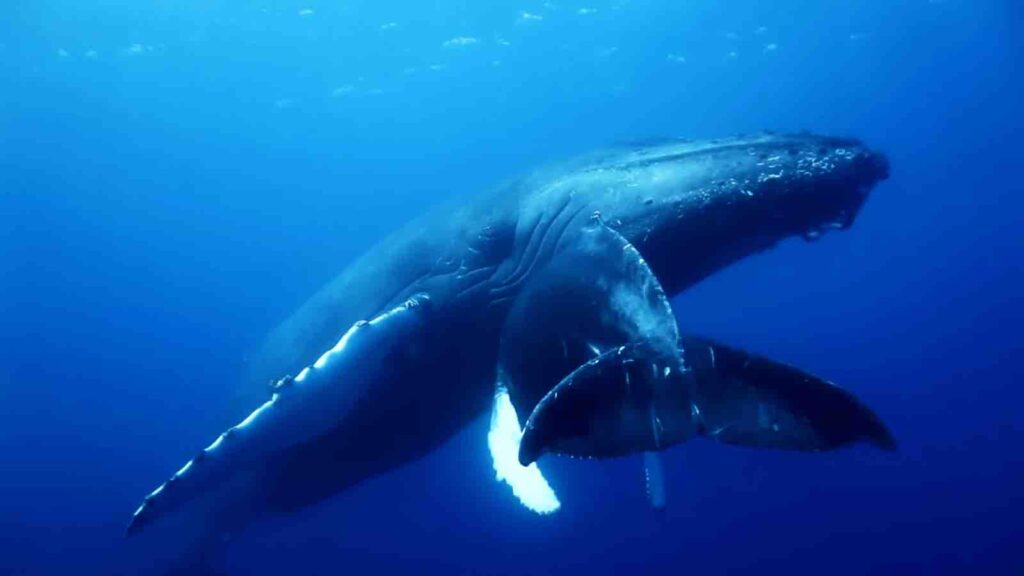Despite these encouraging signs, blue whales remain listed as endangered by the International Union for the Conservation of Nature and under the Endangered Species Act in the US.
SEYCHELLES, Indian Ocean – In a remarkable tale of resilience and recovery, the blue whales, Earth’s largest creatures, have made a stunning comeback to the waters near the Seychelles islands. This triumphant return, half a century in the making, is a testament to the enduring power of nature and the impact of sustained conservation efforts.
RELEVANT SUSTAINABLE GOALS



The Song of the Seas: Blue Whales’ Triumphant Return to the Indian Ocean
A new study published in the Endangered Species Research journal reveals the resurgence of these majestic giants in a region where they had been decimated by relentless whaling in the mid-20th century. The findings, based on underwater audio recordings, capture the haunting and distinct songs of the blue whales, a sound once nearly silenced in these waters.
Kate Stafford, a professor at Oregon State University’s Marine Mammal Institute and a lead author of the study, spoke to BBC News about this extraordinary revival: “It turns out if you stop killing animals on mass scales and you give them a chance to rebound, they can recover.”
Blue whales, like many of their kin, fell victim to the industrial-scale slaughter of commercial whaling. In the 1960s, a Soviet whaling fleet ruthlessly hunted down 500 blue whales near the Seychelles, nearly eradicating their presence in the area. However, the global tide has turned. With international bans on whaling and a concerted push for marine conservation, blue whale populations are slowly but surely rebounding worldwide.
The initial clues of their return came from sporadic sightings near the Seychelles, prompting scientists to investigate further. They deployed a unique ‘sound trap’ on the ocean floor – a sophisticated setup armed with recording devices and batteries. This device diligently captured sounds for 15 minutes every hour, for an entire year. The data harvested from this operation brought a revelation – the unmistakable songs of blue whales echoing once more through these waters.
The songs, resonating at frequencies inaudible to human ears, were primarily detected from December to April, suggesting a male origin, as Stafford explains: “They sing during the breeding season, and we think it’s probably the males who are singing, based on what we know about other whales.”
The importance of the Seychelles to these gentle giants is still under study, with researchers speculating it could be a critical breeding ground. This resurgence is especially poignant, given that approximately 154,000 square miles of ocean around the Seychelles is now a protected zone. This protection is part of a unique ‘debt for climate’ swap, where the nation agreed to safeguard its marine territories in exchange for debt relief.
Despite these encouraging signs, blue whales remain listed as endangered by the International Union for the Conservation of Nature and under the Endangered Species Act in the US. Their return to the Seychelles is not just a story of ecological success; it’s a clarion call for continued vigilance and action in the fight for our planet’s future.
As global leaders and conservationists reflect on this achievement, the blue whales of the Seychelles remind us of nature’s incredible capacity for recovery, provided we give it a chance. Their songs, once fading into silence, now resonate as a beacon of hope across the Indian Ocean, heralding a new chapter in the saga of our planet’s resilience and humanity’s role in safeguarding it.
Lead image courtesy of VideoDive from Getty Images
You may also be interested in :
KarimunJawa’s Triumph : A Small Victory With a Big Impact In The Climate Crisis


